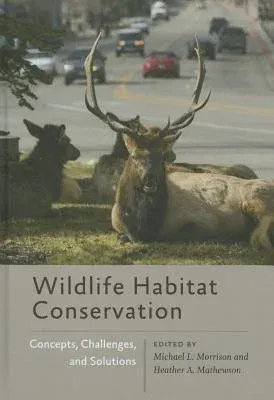A book that emphasized the concept of wildlife habitat for a
generation of students and professionals is now available to even more
readers.
"Habitat" is probably the most common term in ecological research.
Elementary school students are introduced to the term, college students
study the concept in depth, hunters make their plans based on it, nature
explorers chat about the different types, and land managers spend
enormous time and money modifying and restoring habitats. Although a
broad swath of people now have some notion of what habitat is, the
scientific community has by and large failed to define it concretely,
despite repeated attempts in the literature to come to meaningful
conclusions regarding what habitat is and how we should study,
manipulate, and ultimately conserve it.
Wildlife Habitat Conservation presents an authoritative review of the
habitat concept, provides a scientifically rigorous definition, and
emphasizes how we must focus on those critical factors contained within
what we call habitat. The result is a habitat concept that promises
long-term persistence of animal populations.
Key concepts and items in the book include:
- Rigorous and standard conceptual definitions of wildlife and their
habitat.
- A discussion of the essential integration of population demographics
and population persistence with the concept of habitat.
- The importance of carryover and lag effects, behavioral processes,
genetics, and species interactions to our understanding of habitat.
- An examination of spatiotemporal heterogeneity, realized through
fragmentation, disruption to eco-evolutionary processes, and alterations
to plant and animal assemblages.
- An explanation of how anthropogenic effects alter population size and
distribution (isolation), genetic processes, and species diversity
(including exotic plants and animals).
- Advocacy of proactive management and conservation through predictive
modeling, restoration, and monitoring.
Each chapter is accessibly written in a style that will be welcomed by
private landowners and public resource managers at local, state, and
federal levels. Also ideal for undergraduate and graduate natural
resource and conservation courses, the book is organized perfectly for a
one-semester class.
Published in association with The Wildlife Society.

